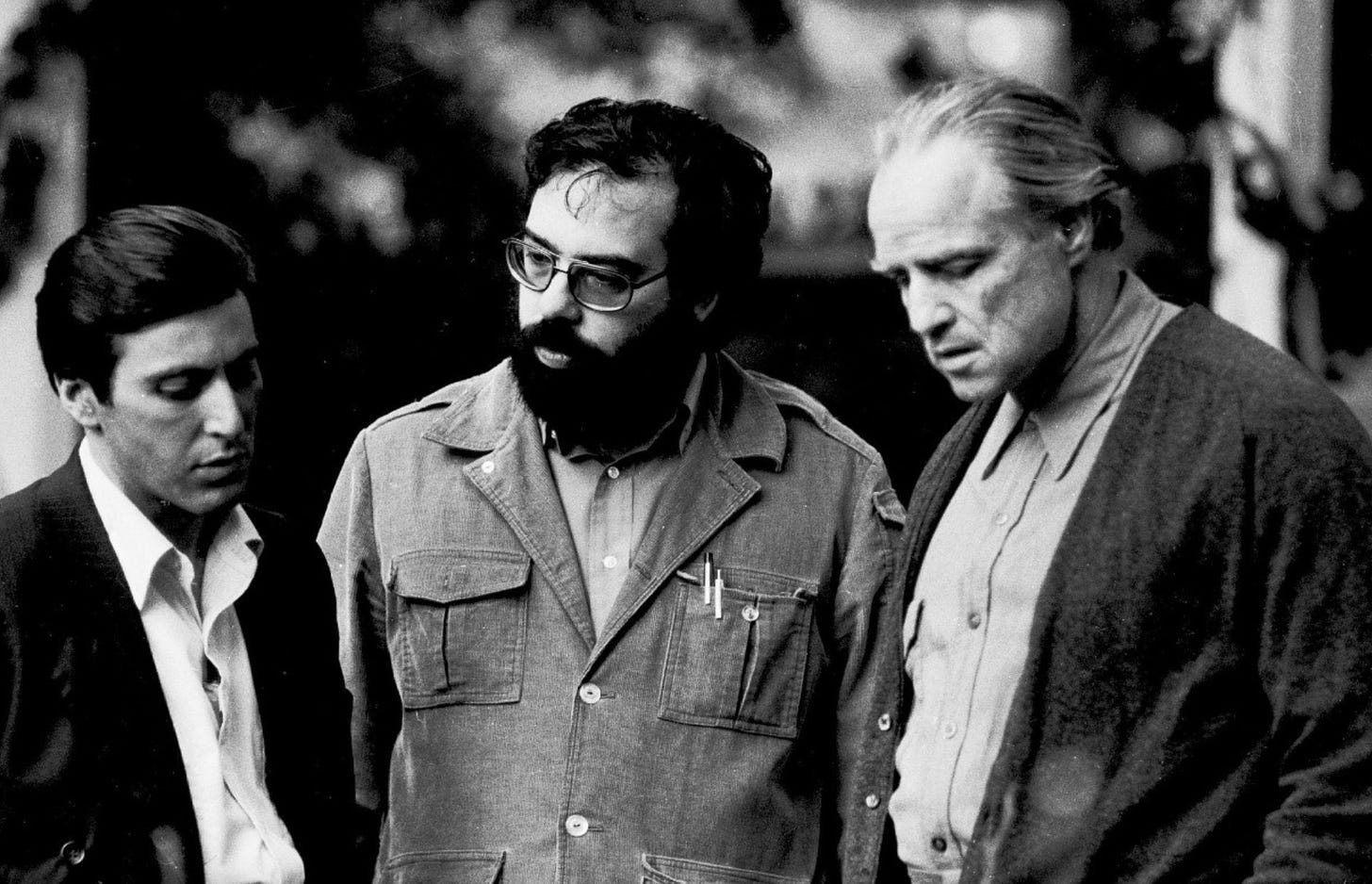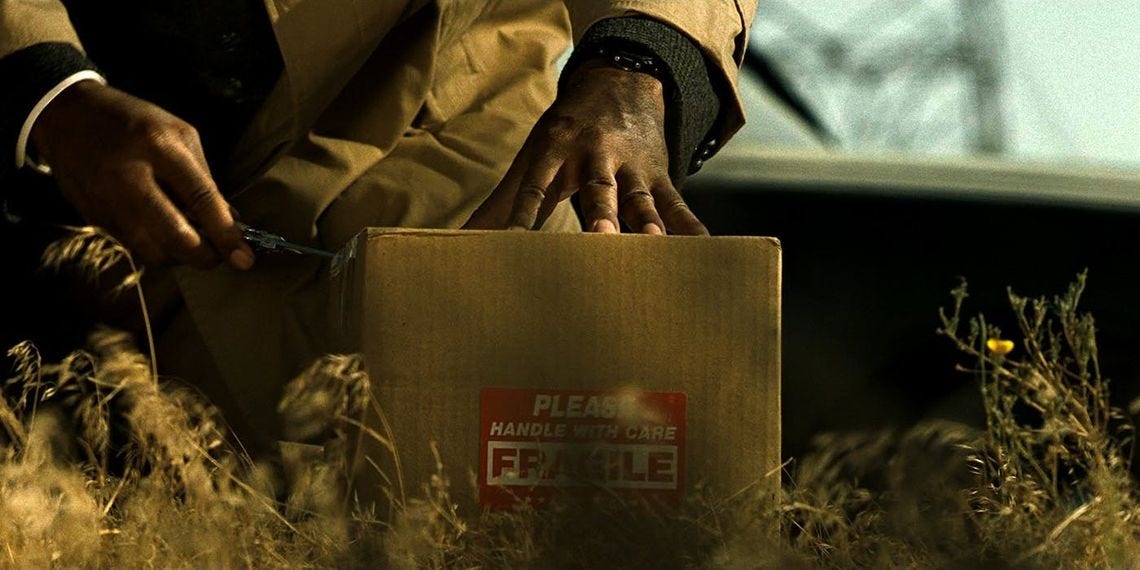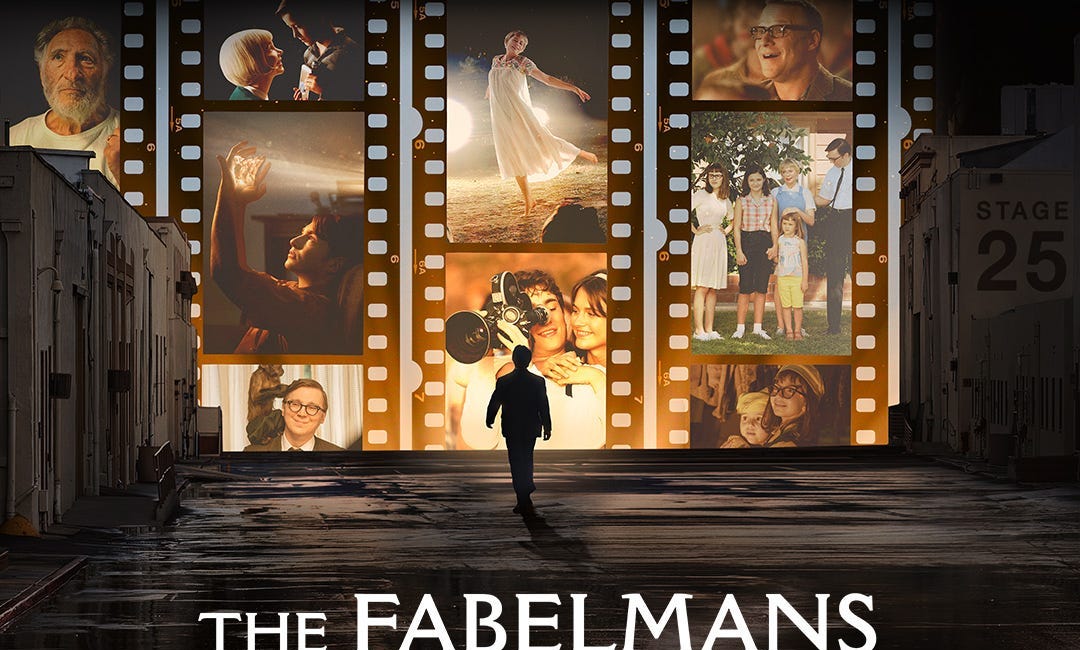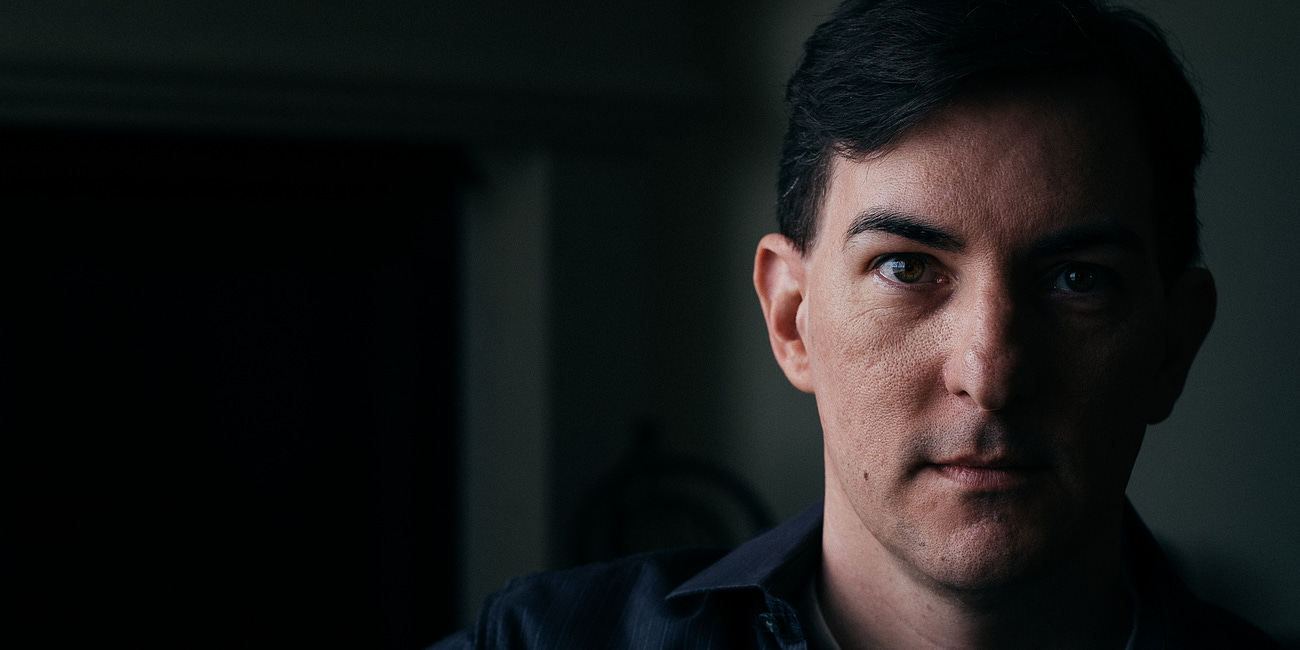Sometimes a Staircase Is Just a Staircase...or Is It?
Francis Ford Coppola has some thoughts on 'The Godfather' that proves how hard it can be to interpret the intentions of storytellers
A very long time ago, I saw Francis Ford Coppola give a Q&A. I couldn’t tell you if I attended this event or if I watched it on television anymore. My memory of it is clearly sketchy. But I don’t think any of that should matter. The story contains a valuable lesson regardless of the details that the lesson is built upon.
Here goes, the version I share with artist friends when I think it might prove relevant to whatever they’re struggling with…
Francis Ford Coppola is onstage answering questions for an audience. You know how these Q&A’s go. All too often, it’s really about the audience member trying to somehow make it about them. So, this guy gets up and takes the mic and he says, “Mr. Coppola, I love The Godfather so much. There’s this scene where Michael Corleone climbs a dark staircase, and he plunges into shadows as he does. And by the time he gets to the top of the stairs, he’s made his change. I love how you used the staircase and those shadows to show his transition from light into darkness. Can you talk about that decision?”
The scene being referred to here concerns the thwarted assassination of Don Corleone at the hospital where he is convalescing. His son Michael arrives and very quickly deduces that the Don’s personal guards and police protection have been sent away so for nefarious reasons.
Here’s how Michael’s arrival is described in the screenplay written by Mario Puzo and Francis Ford Coppola. Notice the only description of stairs here is “he runs down the hall and up the stairs.”
After the Don is hidden in another hospital room, Michael confirms to his father that he has, in fact, made a transformation:
“I’m with you now. I’m with you.”
It’s Francis Ford Coppola’s turn to speak now. The guy in the audience has just asked him about the decision to use a pitch-black staircase as a visual metaphor for Michael Corleone’s spiritual transition.
Coppola lifts his mic to his mouth and answers:
“Well, I shot Michael arriving on the first floor, then I shot him on the second floor, but when I cut those two scenes together, it was really confusing how he got to the second floor. So, I shot Michael running up some stairs so it wasn’t so confusing.”
Sometimes the effect of art is conscious. Sometimes the effect of art is unconscious. Sometimes it’s one great big accident. Sometimes art doesn’t even find its true meaning until it enters the world and others react to it (a process that continues for decades and centuries as cultures change).
But if that doesn’t make talking about art challenging enough — or fun enough, depending on how you look at it — sometimes storytellers play the part of tricksters, toying with their audience as everyone from Bob Dylan to David Bowie do/did, making it difficult to tell when to trust anything they say.
What do you think about the scene I’ve described? Is a staircase just a staircase here - or is it a metaphor for Michael Corleone’s dark transformation?
You can read the screenplay to The Godfather, written by Mario Puzo, here.
If this article added anything to your life but you’re not up for a paid subscription, please consider buying me a “coffee” so I can keep as much of this newsletter free as possible for the dreamers who couldn’t afford it otherwise.
If you enjoyed this particular article, these other three might also prove of interest to you:










I believe you are referring to Alfred Hitchcock's interview. A college student asked him why staircases are such a common motif in his film's and why he uses them.
He states, "I think staircases are meant to go up and down."
I've mentioned this many times as well. It's hilarious.
https://www.youtube.com/watch?v=MvuK2bg9WGs
I think I’ve said this before but one of the things I love most about art is the meaning ascribed to it in its consumption. I love the way I bring my own ‘baggage’ to every film I watch, every book I read, every song I hear and that this affects my response so that I have my own personal relationship with each piece of art. I’m not sure how much it matters what was originally intended. I also suspect that a lot of creatives like to be somewhat elliptical in this respect. Part of what makes something beautiful is its mystery.